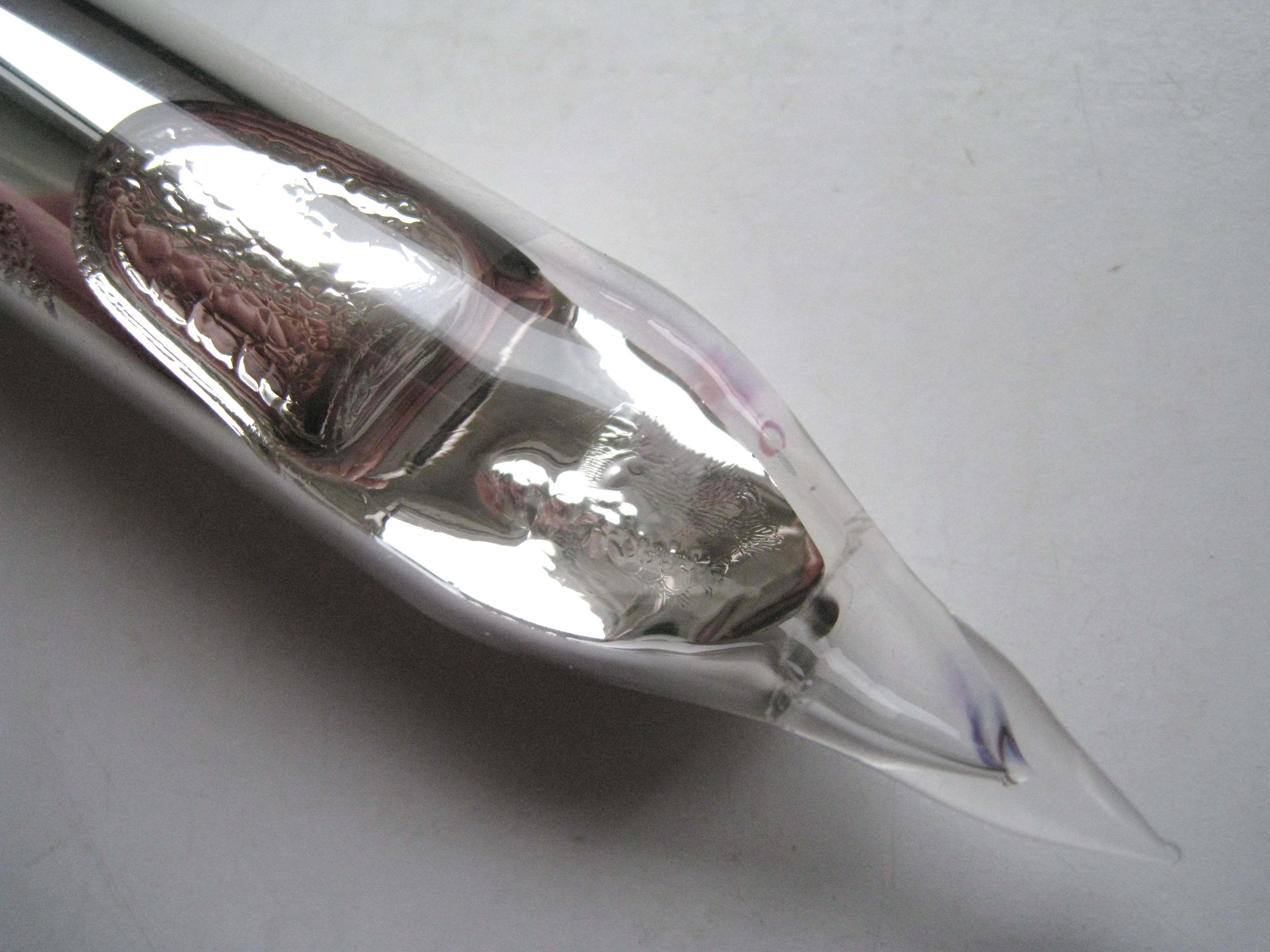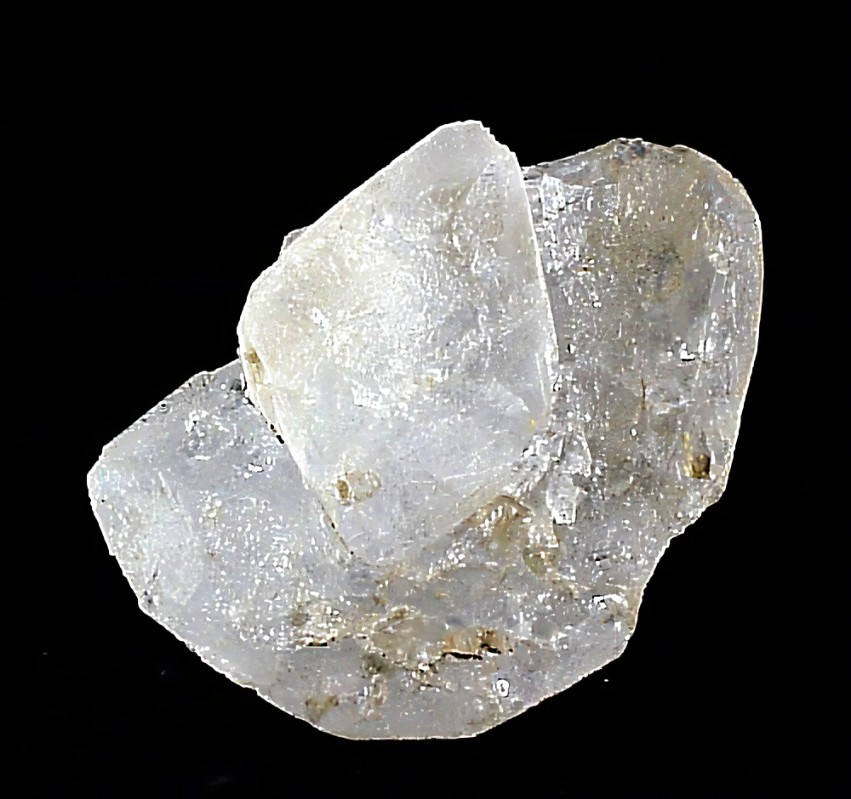History.
The history of rubidium is quite fascinating. Rubidium is a chemical
element with the symbol Rb and atomic number 37. It is a soft,
silvery-white metal that is highly reactive and must be stored in a
dry, inert atmosphere. Rubidium was discovered in 1861 by Robert
Bunsen and Gustav Kirchhoff, who isolated it from the mineral
lepidolite. The name "rubidium" comes from the Latin word "rubidus,"
meaning "deep red," a reference to the color of its emission spectrum.
Rubidium has a number of interesting properties that make it
useful in various applications. For example, it is one of the most
electropositive elements, meaning it readily donates its outermost
electron. This property makes it a good candidate for use in
batteries and fuel cells. Rubidium also has a very low melting
point and a high boiling point, making it useful in
high-temperature applications such as jet engines and rocket
propellants.
In addition to its practical applications, rubidium has also
played an important role in scientific research. For instance,
rubidium-87 is used as a frequency standard in atomic clocks,
which are essential for precise timekeeping and navigation
systems. Rubidium is also used in quantum computing and other
cutting-edge technologies.
Usage.
Rubidium is a relatively rare element, with an abundance of about 70
parts per million in the Earth's crust. It is found in a variety of
minerals, including lepidolite, pollucite, and carnallite. Rubidium is
also present in seawater, but at a very low concentration of about 1
part per million. Rubidium has a wide range of applications,
including:
-
Atomic clocks: Rubidium is used in atomic clocks, which are
the most accurate timekeeping devices in the world. Rubidium atoms
vibrate at a very precise frequency, which is used to regulate the
clock's timekeeping.
-
Medical imaging: Rubidium-82 is a radioactive isotope of
rubidium that is used in medical imaging, particularly in positron
emission tomography (PET) scans. PET scans are used to diagnose a
variety of medical conditions, including cancer and heart disease.
-
High-temperature superconductors: Rubidium is used in the
production of some high-temperature superconductors, which are
materials that conduct electricity with no resistance at very low
temperatures.
-
Batteries: Rubidium is used in some types of batteries,
particularly in lithium-ion batteries. Rubidium helps to improve
the battery's performance and lifespan.
Sources.
There are few independent minerals of rubidium, which generally
coexist with rare metals such as lithium, beryllium, cesium, tantalum
and niobium, and occur in granite pegmatites, such as lepidolite (K
(Li,Al)3 (Si,Al) 4 O 10 (F,OH) 2), zinnwaldite (KLiFeAl [AlSi 3 O 10]
(F,OH) 2), pollucite (Cs (AlSi 2 O 6)·H 2O), biotite, feldspar and
salt lake and seawater.


